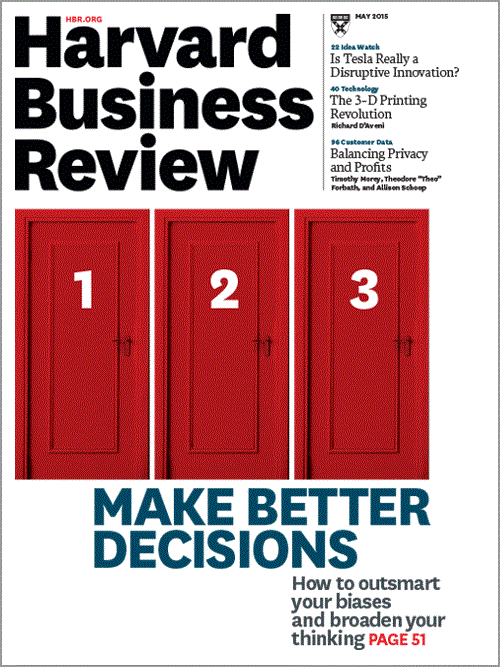Posted by Lancing Farrell 300 words

This is a long read compilation of the series of posts on the manager as designer in local government. For those who prefer to get the whole story in one go, here it is.
Some years ago I read a book called ‘Managers as Designers in the Public Services’ by David Wastell (Professor of Information Systems at Nottingham University Business School). It made a lasting impression on me. It is a book worth reading for its treatment of systems thinking in public service management.
More recently, I read two articles from the September 2015 issue of Harvard Business Review; ‘Design Thinking Comes of Age’ by Jon Kolko and ‘Design for Action’ by Tim Brown and Roger Martin. Each article extends the idea of the manager as designer with specific application to improve corporate processes and culture.
Jon Kolko discusses the application of design to the way people work. He says that people need help to make sense out of the complexity that exists in their interactions with technologies and complex systems, and that design-thinking can make this ‘simple, intuitive and pleasurable’.
“ … design thinking principles have the potential to be … powerful when applied to managing the intangible challenges involved in getting people to engage with and adapt innovative new ideas and experiences.”
The principles he is referring to are empathy with users, the discipline of prototyping and tolerance of failure.
Roger Martin and Tim Brown provide a related but different view of design in organisations. They see it as helping stakeholders and organisations work better together as a system. The focus of their article is the ‘intervention’ required for stakeholders to accept a new design artefact – whether ‘product, user experience, strategy or complex system’.
They argue that the design of the ‘intervention’ (i.e. the way a new product or service is introduced to users and its integration into the status quo) is even more critical to success than the design of the product or service itself.
In effect, there are two parallel design processes; the artefact (i.e. a new service) and the intervention for its implementation (i.e. the change management).
So, how is this all relevant to local government? Read on …









